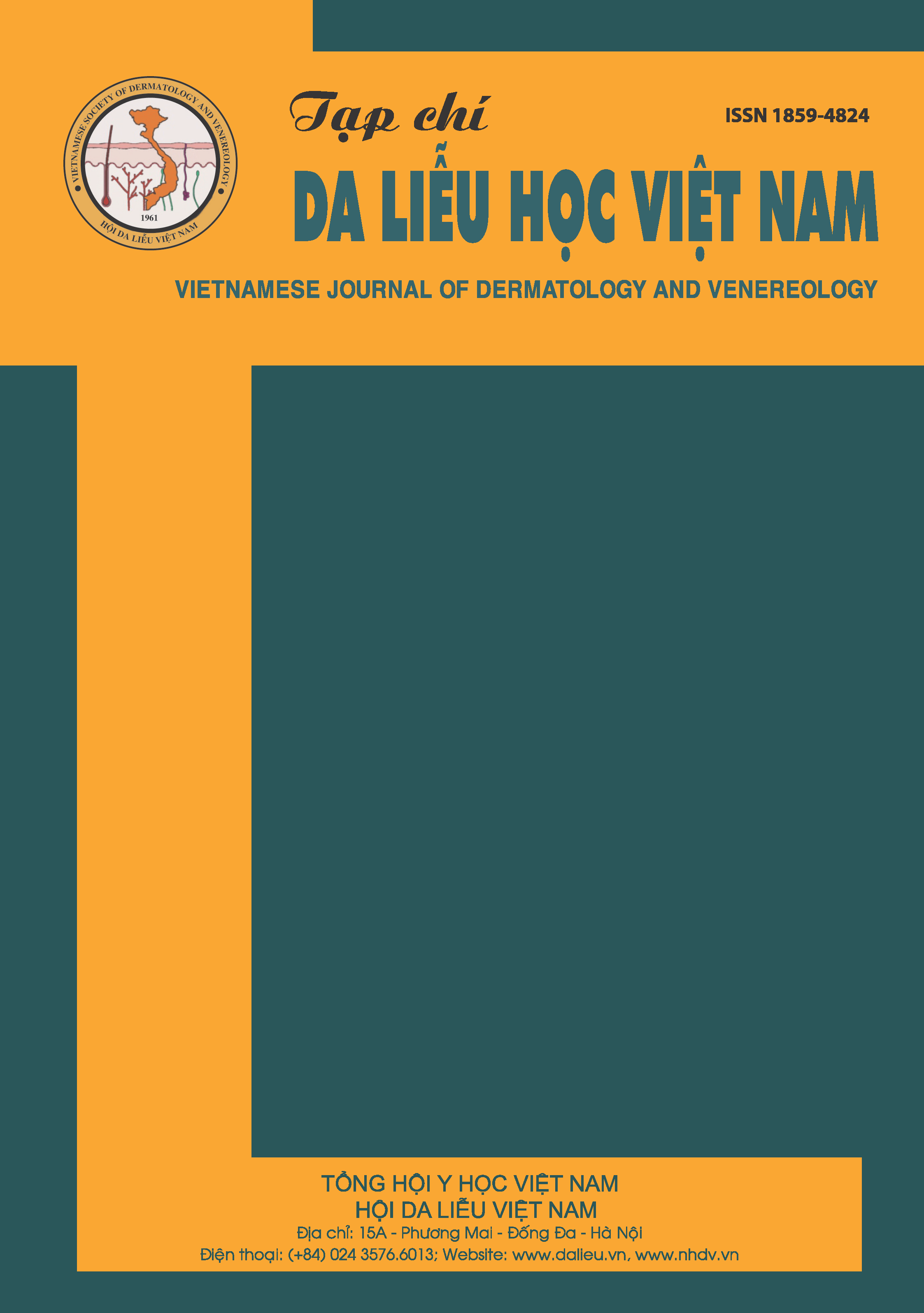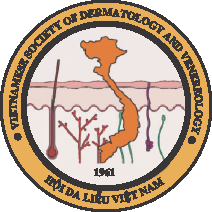TREATMENT OF ALOPECIA AREATA WITH ORAL METHYLPREDNISOLONE COMBINED WITH FRACTIONAL MICRONEEDLE RADIOFREQUENCY
DOI:
https://doi.org/10.56320/tcdlhvn.onl2025.255Từ khóa:
alopecia areata, ablative fractional microneedle radiofrequency, methylprednisoloneTóm tắt
Objective: To evaluate the efficacy and safety of fractional microneedle radiofrequency combined with oral methylprednisolone in the treatment of alopecia areata.
Subjects and Methods: A total of 40 patients with alopecia areata were enrolled and randomized into two groups. The study group was comprised of 20 patients (7 males, 13 females) who received combined treatment of oral methylprednisolone and ablative fractional microneedle radiofrequency (five sessions at 4-week intervals). The control group included 20 patients (9 males, 11 females) received monotherapy with oral methyl prednisolone. Treatment efficacy was determined based on clinical improvement and the Severity of Alopecia Tool (SALT) score, laboratory improvement was evaluated using trichoscopy analysis from the baseline and after 12 weeks.
Results: Significant improvements in SALT score, hair density, mature hair rate, and hair regrowth were observed at baseline, week 12, and week 24 of treatment (p<0.001). Comparison between the two groups showed no significant difference in mean SALT score at week 12, whereas hair density and mature hair rate at weeks 12 and 24 were significantly higher in the study group than in the control group (p<0.05). However, patients experienced increased hair shedding after 24 weeks, with an increase in mean SALT score and decrease in hair density and mature hair compared with week 12 (p < 0.05). In the fractional microneedle radiofrequency group, 100% of patients reported pain during treatment, no infections or skin ulcerations were recorded. Adverse effects of oral corticosteroids included folliculitis and acne in 21/40 patients (52.5%), hypertrichosis in 40%, abdominal pain or discomfort in 35%, weight gain in 57.5%, fasting hyperglycemia in 12.5%, menstrual irregularities in 19.4%, Cushing’s syndrome features 12.5%, and decreased serum cortisol in 2 out of 15 patients (13.3%).
Conclusion: Ablative fractional microneedle radiofrequency is an effective adjunctive therapy for severe alopecia areata when combined with oral methylprednisolone.
Receive: September 20, 2024
Reviewed: October 18, 2024
Accepted: December 4, 2024
Online published: September 18, 2025
Corresponding author: Minh Q. Nguyen, MD; National Hospital of Dermatology and Venereology; email: Hmu0208@gmail.com





